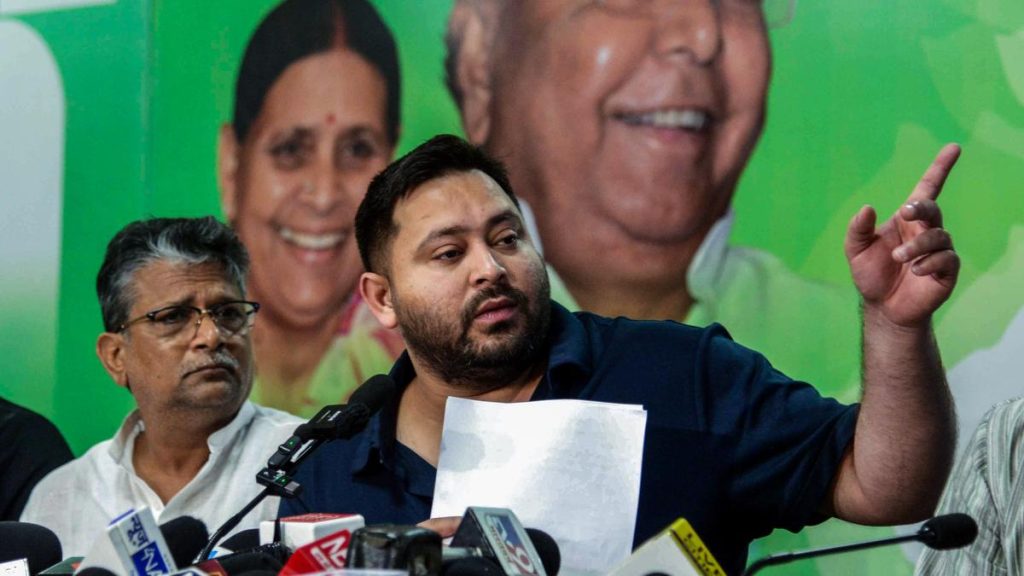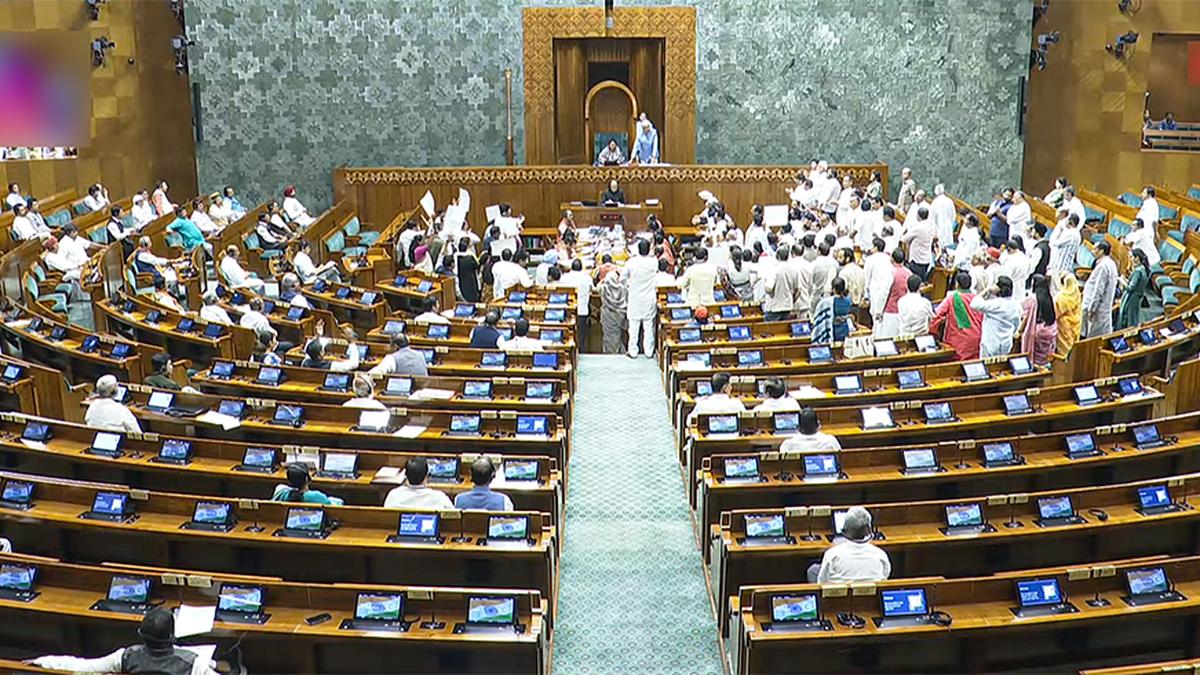Now Reading: BMC Action Sparks Tensions Over Pigeon Feeding Site at Dadar’s Kabutarkhana
-
01
BMC Action Sparks Tensions Over Pigeon Feeding Site at Dadar’s Kabutarkhana
BMC Action Sparks Tensions Over Pigeon Feeding Site at Dadar’s Kabutarkhana

Speedy Summary
- Incident and Protest:
– On August 6, 2025, protests erupted at dadar’s kabutarkhana in Mumbai following the Brihanmumbai Municipal Corporation’s (BMC) installation of a tarpaulin cover to restrict pigeon feeding.
– The cover was part of BMC’s compliance with a Bombay High Court order aiming to shut down pigeon-feeding zones across Mumbai due to public health concerns linked to bird droppings and respiratory illnesses.
- Protest Details:
– Protesters, predominantly from the Jain community, dismantled the bamboo-supported plastic cover despite police presence.
– Demonstrators climbed barricades and used sharp tools to remove ropes holding up the tarpaulin.Several expressed fears that preventing pigeon feeding would lead to bird starvation.
- Statements from Protesters:
– A protester questioned the medical basis for banning pigeon feeding while expressing concern for birds reliant on human-provided food.
- Government Response:
– Maharashtra government previously directed BMC (July 3) to close all kabutarkhanas.
– Co-guardian Minister Mangal Prabhat Lodha called for restraint and denounced protestor actions. He claimed local Jain temple trusts distanced themselves from involvement in the agitation.
- Administrative Steps Forward:
Both Deputy Chief minister Ajit Pawar and Chief Minister Devendra Fadnavis highlighted efforts toward compromise-proposing regulated feeding zones as measures safeguarding both public health and cultural practices. These suggestions are expected in an upcoming Bombay High Court report.
Indian Opinion analysis
The incident highlights deep tension between religious traditions/cultural sentiments and civic responsibility regarding public health. While pigeons have long been fed at kabutarkhanas, some experts cite health risks posed by unchecked bird populations in urban areas. The Bombay High Court order reflects growing legal attention on balancing environmental hygiene with tradition.
Though,handling such transitions is delicate when involving entrenched emotional connections-as seen here-and requires sensitivity alongside enforcement measures. Efforts by political leaders like Deputy CM Pawar reflect attempts toward achieving common ground but implementing regulated solutions might face logistical challenges ahead.
Further discussions could focus on promoting awareness campaigns or choice ways for animal welfare initiatives while addressing valid environmental concerns about urban wildlife management responsibly.

























